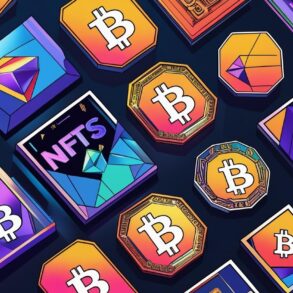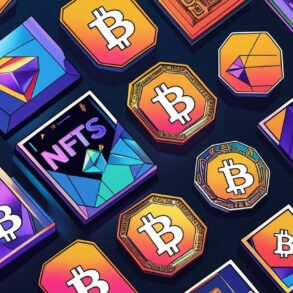
Bubbers13 / Getty Images
There is a rising interest in alternative investments such as real estate, crypto and art despite a third of Americans saying they have never heard the term alternative investing.
Indeed, the new What do Americans Think of Alternative Investments in 2024? survey, by Alto, a self-directed IRA platform, found that only 20% of Americans are knowledgeable about alternative investing.
As Eric Satz, founder and CEO of Alto, explained, while interest in alternatives has been on the rise for years among institutional and ultra-high net worth investors, there is now a shift that now includes retail investors.
“More investors than ever before can now gain access to quality investments outside of traditional investing vehicles, and you can do it with your retirement funds in a tax-advantaged account,” he said.
The Rise of the 40/30/30 Portfolio
According to Satz,despite the “incredible performance” of the public markets over the past four months, market dynamics have accelerated the move to a 40/30/30 portfolio approach, with significant interest in private credit, real estate and crypto markets.
A 40/30/30 portfolio approach includes 40% public equities, 30% fixed income and 30% alternative investments, in this current environment, “where alternatives no longer live behind walled gardens,” according to Wealth Management.
“Americans are looking for alternate ways to invest, which is often tied to what they either care most about or best understand, and alternative asset opportunities often fall into these categories,” said Satz.
Changes in the Crypto Landscape
The survey found that crypto was one of the most favored alternative investments. According to Satz, one of the drivers includes the recent approvals of spot Bitcoin exchange-traded funds (ETFs), which have brought an incredible amount of renewed interest to the investment space.
“In a time when the 40/30/30 portfolio method is still being defined, Americans are exploring new ways to diversify their portfolios,” he added.
And in regards more specifically to Bitcoin and Ethereum, Staz said that if your macro level thesis is that the future of money and money movement is on blockchain, then you believe there’s significant upside in these investments.
“We’ve seen extreme volatility and prices rise and fall dramatically, but Americans are still not deterred. When you think about the historic barriers that have kept most investors from outsized returns opportunities, it makes perfect sense that Americans remain excited by the future promise of crypto,” added Satz.
Accessibility Through Real Estate
Real estate is the other alternative investment garnering the most interest, according to the survey.
“A major driver that cannot be ignored is regulatory in nature: real estate and cryptocurrency are accessible to all investors regardless of accreditation status,” said Satz.
In addition, he noted that investors tend to gravitate toward investments they have a passion or interest in as well as domain knowledge or expertise.
“From a returns perspective, real estate holds appeal for many investors because it can be levered -it allows for the use of debt or a mortgage- investment and thus frequently offers an attractive risk/reward profile,” he added.
Art as a Hedge
As for interest in investments in art, it is trailing the interest in crypto and real estate, the survey found. Yet, as Satz said, art offers the potential for uncorrelated returns, meaning its value moves independently from the stock market.
“Thus art acts as a hedge against economic downturns, reducing overall portfolio risk,” he said.
Another factor is that despite its growing value, collectible art has also historically been out of reach for most investors, but that is changing with technology and the fractionalized ownership scenarios it enables at scale, he said.
“Overall, I think interest in investing in art stems from investors wanting to invest in what they love. You may not get to look at it on your wall, but you can reap the benefits from an investment standpoint,” he added.
Major Access Hurdles
Lack of education and familiarity with alternatives are the biggest barriers to investing in alternatives, according to Satz.
“Most investors just don’t know how or where to begin. Alternatives have also historically been reserved for ultra-high-net-worth individuals, but that is no longer the case and why we’re democratizing access to alternatives by allowing investors to use their retirement funds to invest in these asset classes,” he said.
The optimism in these types of investments shows: 44% of investors are confident in the stock market for retirement income whereas 39% expect alternative assets to outperform the market in the next five years, according to the survey.
“The truth is in the data and alternative assets have proven to outperform the public markets over medium- and long-term periods, so why not be optimistic?” said Satz.
More From GOBankingRates
This post was originally published on this site be sure to check out more of their content







